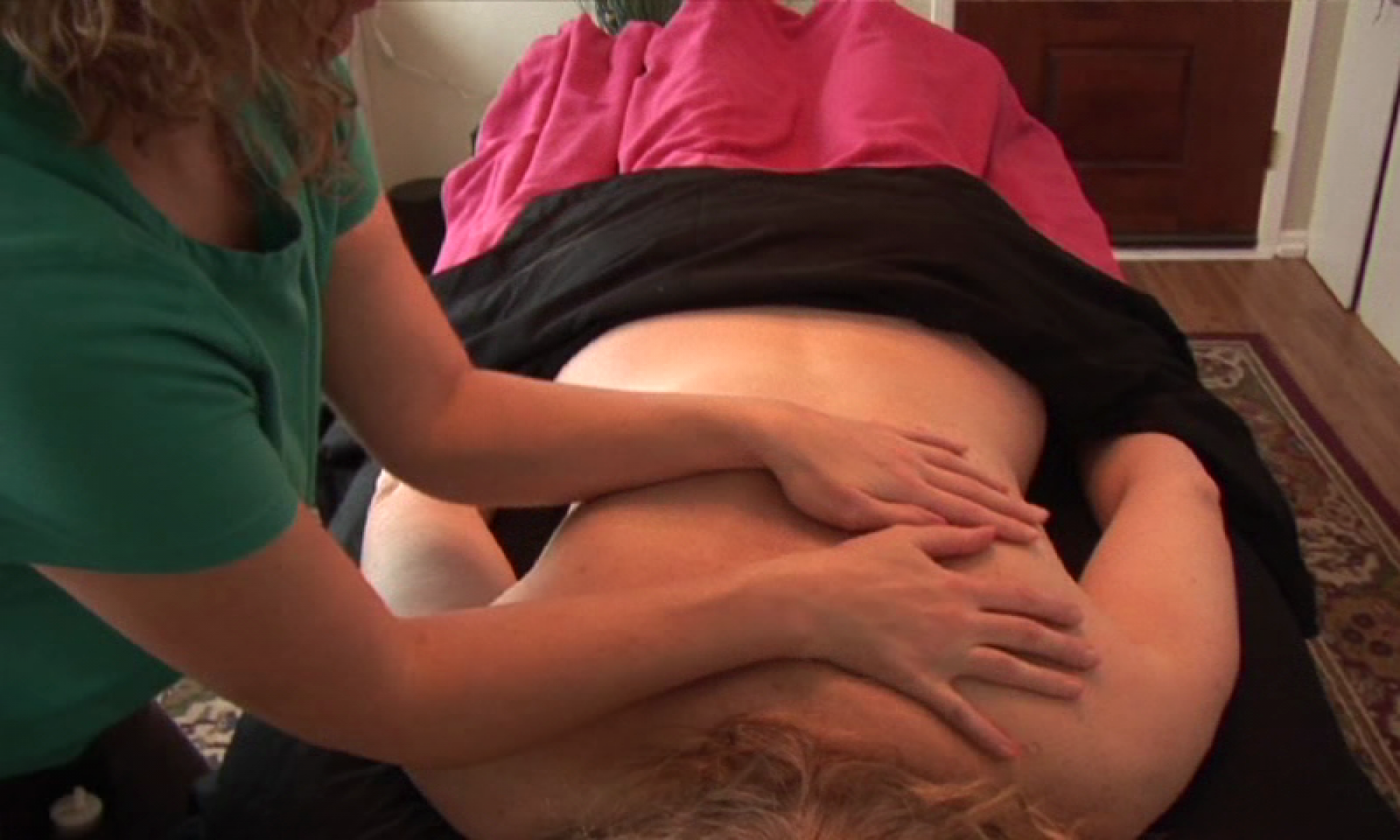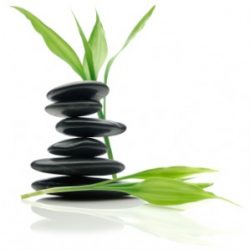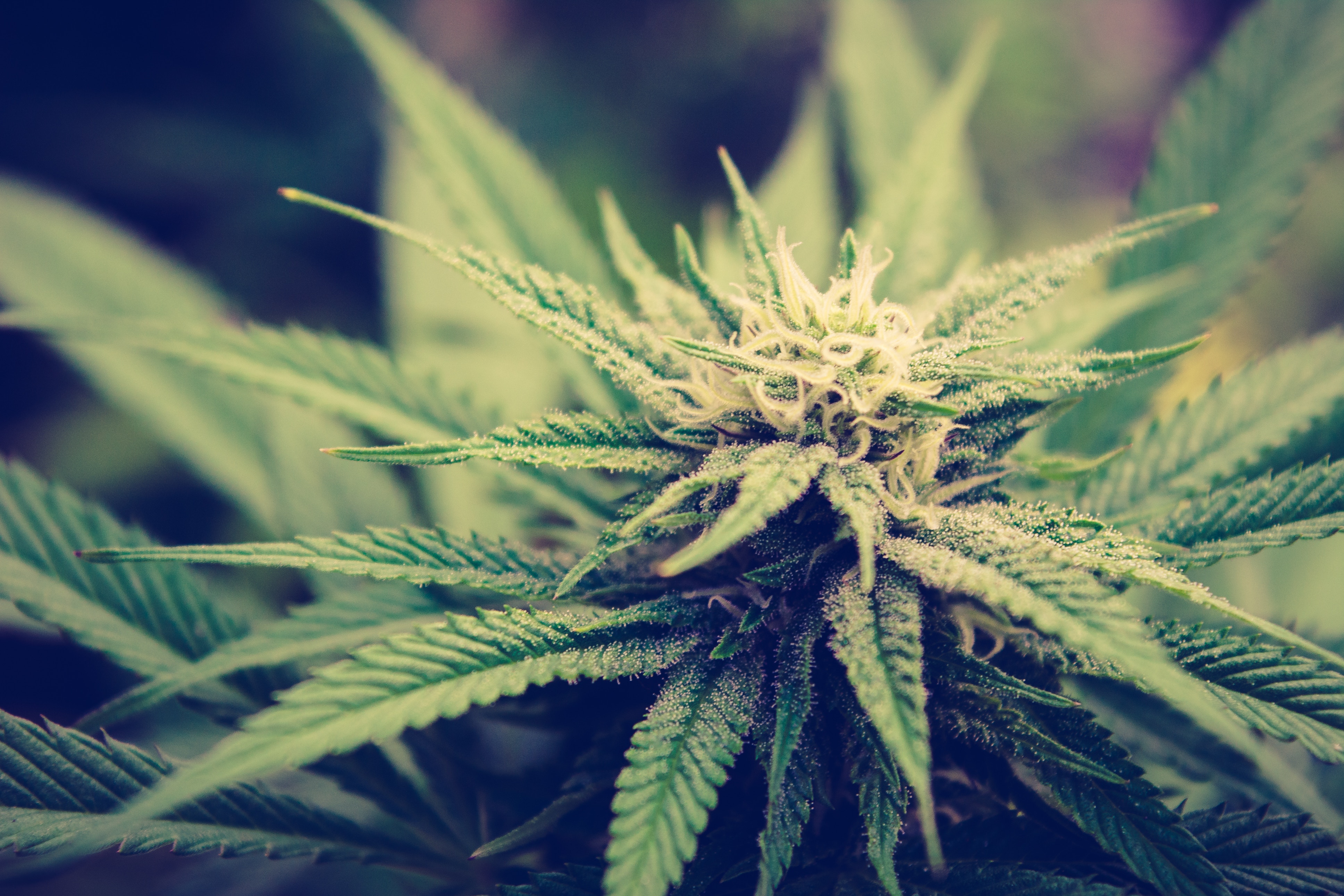
As a healthcare provider, a patient, a family member and loved one, I try to view all sides of how a person decides to treat, heal or cure an ailment. If the treatment is effective with minimal to no side effects, then it is hailed a success; even if the real success was more attributable to the innate healing nature of the patient’s body.
Thankfully science definitely plays a role in the identification of assistive and supportive measures found in medicine of all types and philosophies. It is important to understand the majority of interventions of healthcare are really meant to be supportive of the body’s innate healing. Things like medications, healthy lifestyle choices, and stress management are meant to help support and maintain the body’s balance of homeostasis.
As a healthcare provider, it is important that my decisions and recommendations of care to my patients is based in science and also driven by the patient’s beliefs and definitions of what health and wellness are.
When the conversation of marijuana is presented, I find it a wonderful opportunity to talk and educate patients and folks whom are interested in looking into the option. The State of Nevada has become a State that allows both the recreational use by adults (18 years or older) and the medicinal use for a handful of accepted health conditions. I find these conversations generally start by finding out what a person knows about the subject and progresses to providing information for safe and effective use of the substance.
I wanted to put this blog series together for patients and healthcare providers alike. The information I present in this blog series is based in training, personal and professional experience. Ultimately, this series is meant to be a point of information to help you start a conversation with your patients, healthcare providers, family members and loved ones.
Additionally, the information presented in this series is not all inclusive and not meant to be a health care recommendation. This topic is immense in subject matter. Being able to make good decisions about a medicine or treatment regardless of what it is, is key to be a good patient advocate for yourself. I ask you do your research to be an informed consumer and patient. And having some basic knowledge about the medicine you are looking into will aid the conversation you will need to have with the Budtenders at any dispensary.
A little bit about the history of cannabis. Cannabis has been around in medical and spiritual circles for a couple millennium. We are aware of the oldest known written record on cannabis use comes from the Chinese Emperor Shen Nung in 2727 B.C. In 1545, cannabis was brought to the western hemisphere where Spaniards imported it to Chile for its use as fiber. In North America, cannabis in the form of hemp, was grown on many plantations for use in rope, clothing, and paper.
In the 19th century, cannabis began to grow in medicinal uses. Even in the Americas, physicians were publishing papers on the healing successes of marijuana in various forms. In 1839, Dr. W.B. O’Shaughnessy published a paper on his successful treatments of arthritis and various muscle spasms through cannabis therapies. However, in 1937 US Congress passed the Marihuana Tax Act, which essentially brought an end to its legitimate usage in the medicinal world and restricted its possession. To this day, even though it is widely available, it is still a crime to possess, use, prescribe or sell marijuana in the eyes of the Federal government (Manthis, H. (n.d.). The Medical Cannabis Institute).
Regardless, our reality in Nevada and in many other States is access to this product is just as easy as access to Tylenol or alcohol. So, lets discuss some of the basics about the plant itself. The cannabis plant is a plant of interest to famers, gardeners, and various industries such as fiber, food, and supplements. The hemp genius of this plant family and indeed the medical plants have many growing advantages. In general, hemp and cannabis plants have the highest amounts of essential amino acids in the plant family making it an easily digested and complete protein source. All cultures ate hemp in soups, porridge, and ground for breads until 20th century.
For farmers, hemp does not need pesticides to grow and is a durable and sustainable crop, and for some irrigation is unnecessary. The cultivation of flowers (i.e., buds) requires a female and male plant. There are plants that are hermaphrodites (have both male and female characteristics). While most of a medical grower’s attention is on the female plant, the male plants are important for pollen production and can be used for genetic breeding, hemp fiber and in some cases production of concentrated oils/hash. Yes, the male plant does have smaller amounts of cannabinoids in the leaves and stems (Manthis, H. (n.d.). The Medical Cannabis Institute).
Medical-grade cannabis is typically seedless and known as sinsemilla. It is grown by separating male from female plants to prevent pollination. Knowing this can be important when you are purchasing medical grade marijuana for use. You should not have seeds within the buds. The buds are developed by unfertilized female plants that continue to develop multi-layer resinous pistils.
The plant species most people will hear about is Cannabis Sativa and Cannabis Indica. The scientific community still hasn’t reached a consensus on the question of whether Indica and Sativa represent two distinct species (under the shared genus cannabis) or whether they represent subsets of the same species. Either way, both strains are different in their constituents’ content and effects profiles. Cannabis sativa is often referred to as a cerebral high, allowing people to be active. Whereas Cannabis Indica is more of a body high and often produces what is known as “couch-lock” or more mellowing/sedating effects.
When starting to learn about this, it is important to understand the overall effects of these strains. For instance, when in a dispensary, you will be asked what it is you are trying to accomplish with the medicine. If it is sleep or anxiety, then having an Indica-based medicine would be more helpful. Once you get into see the various products available in a dispensary, you’ll see that most of the medicines are hybrids. This means the two strains are genetically bred for specific cannabinoid concentrations, other constituents or effect profiles (Manthis, H. (n.d.). The Medical Cannabis Institute).
Let’s talk about the constituents of the plants because this knowledge will aid you to find the best-fit medicine. The Cannabis plant constituents are made up of cannabinoids (e.g., tetrahydrocannabinol (THC) or cannabidiol (CBD), terpenes (e.g., Myrcene, Limonene, Pinene that add to the flavor/taste and benefit profile), flavonoids (e.g., type of phytonutrient; Cannflavins A & B are unique to Cannabis), fatty acids and carbohydrates.
The most widely known and talked about cannabinoids are delta-9-tetrahydrocannabinoid (THC) and cannabidiol (CBD). The reality is with over 100 cannabinoids in each plant, the combination of various cannabinoids help to drive the medicinal aspect of the medicine and the side effect profile.
Understanding the various cannabinoids also helps the patient and provider to decide what combination may work best for the ailment in question. In Theisen’s lecture, he presented a summary of some of the various cannabinoids and their effects.
Cannabinoids:
THCA (raw form- does not cause euphoria) – Anti-inflammatory, anti-spasmodic, anti-cancer
THC (Delta-8) – Anti-emetic, anti-anxiety
Delta-9-tetrahyrocannabinol (THC) – does cause euphoria, crosses blood-brain barrier and gets user “high”. Analgesic, anti-bacterial, anti-cancer, anti-inflammatory, anti-spasmodic, appetite stimulant, bronchodilator, neuroprotectant.
CBDA (raw form) – Anti-cancer, anti-inflammatory
Cannabidiol (CBD) – Analgesic, anti-anxiety, anti-bacterial, anti-cancer, anti-convulsive, anti-depressant, anti-emetic, anti-inflammatory, anti-insomnia, anti-spasmodic, anti-psychotic, bone stimulant, neuroprotective
Cannabichromene (CBC) – Analgesic, anti-bacterial, anti-cancer, anti-depressant, anti-fungal, anti-inflammatory, bone stimulant, anti-insomnia
Cannabigerol (CBG) – Analgesic, anti-bacterial, anti-cancer, anti-depressant, anti-fungal, bone stimulant
Cannabinol (CBN) – Analgesic, anti-bacterial, anti-convulsive, anti-insomnia, anti-inflammatory
When considering use of marijuana, patients need to also consider the terpenes. There are currently 140 known terpenes. They are the main building block of any plant resin or ‘essential oils’ and contribute to the scent, flavor, and colors. Some are known to have medicinal value.” (Manthis, H. (n.d.), The Medical Cannabis Institute).
For patients, when using the medicine, these add to the smell and/or taste these compounds. Myrcene tastes like lemongrass/mango combination; while pinene tastes like pine; limonene is citrus tasting and linalool is lavender. Knowing this will help indicate to patients what products may taste pleasing or be acceptable. Theisen also presented a summary of information on the terpenes.
Terpenes
a-Pinene: Pine Needles – Anti-bacterial, anti-fungal, anti-inflammatory, bronchodilator
Β-Caryophyllene: Black Pepper/Cloves – Anti-bacterial, anti-fungal, anti-inflammatory, anti-cancer, anti-septic
Limonene: Citrus – Anti-anxiety, anti-bacterial, anti-cancer, anti-depressant, bronchodilator, anti-fungal
Linalool: Lavender – Anti-anxiety, anti-bacterial, anti-depressant, anti-convulsant, anti-insomnia
Myrcene: Lemongrass/Mango – Analgesic, anti-cancer, anti-inflammatory, anti-insomnia, anti-spasmotic
Phytol: Green Tea – Anti-insomnia
Terpinolene: Lilac/Apple – Anti-bacterial, anti-fungal, anti-insomnia, anti-septic
These summary lists demonstrate how specific combinations of the above constituents would be beneficial to patients in a more individualized fashion. Below is a graph of various conditions and combinations of cannabinoids and other whole plant constituents known to be helpful to supplement treatment.
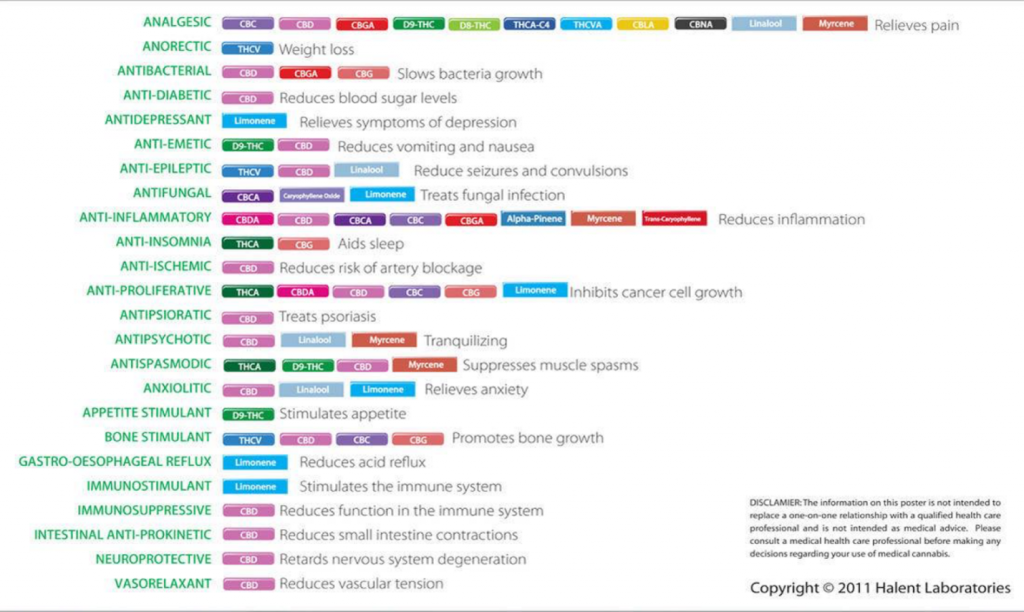
Interestingly enough, the human body has a receptor system called the endocannabinoid system. There are two known receptors in the body that respond to the various cannabinoids of marijuana, CB1 and CB2. This system aids in maintaining balance and homeostasis in the body. The various endocannabinoid receptors are located throughout the body but are specific in type of receptor and where it is located.
The CB1 receptors that are located in the brain and spinal cord are receptive to the type of cannabinoids known to make people “high” called Delta-9-tetrahydrocannabinol (THC). This is the cannabinoid that we’ve all been told is the cause of “Reefer Madness” and makes pot users go crazy or addicts. We know now that this is not truth of pot.
The other receptor (CB2) is located out in the periphery of the body and responds to the various other types of cannabinoids like CBD or CBG. These cannabinoids do have the ability to affect the CB1 receptors, but more indirectly. They are the cannabinoids that the medical community (patients and providers alike) are looking to utilize medically. Thus, cannabinoids not part of the THC subset are not psychoactive in nature. They do not make you high or show in drug urine tests as THC, because they are not THC. Related but not the same (Clark, C.S. (n.d.). The Medical Cannabis Institute).
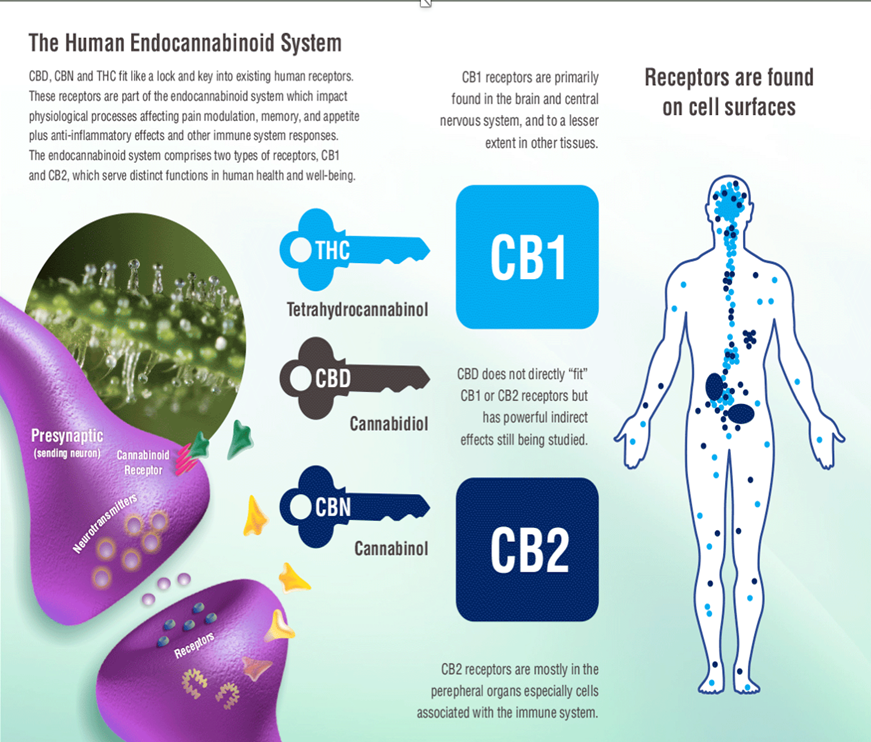
When discussing the question of the goal of marijuana use, it is important to understand that the available products come in THC only, THC, CBD combinations in various concentrations, and CBD only products. You will need to decide either based on past experience(s) or preferences about having THC in products. The research does indicate CBD-only type products can be very effective. However, the research also indicates that a “whole-plant use” philosophy is most effective. The term entourage effect has been coined to indicate that THC and other cannabinoids work best together synergistically.
As I draw this part of the series to a close, I would like to encourage people reading this information to educate yourselves. Because the U.S. scientific community is currently in a holding pattern on real research into marijuana due to Federal regulations, our knowledge of this medicine is still in its infancy. We are forced to use research from other countries and utilize the knowledge that marijuana is most likely not a cure-all but can provide known benefits of support in a patient’s treatment plan. This is where you must decide for yourself what you believe, what you are willing to try, and what you know from science and experience about THC. This is a great place to have a conversation with a knowledgeable Budtender or provider about dosage, delivery systems, and side effects of the medicine. I will present this information later in this series.
Ask questions, do your research and consider all your options. For more information, please don’t hesitate to call for a consultation appointment. In the next series, I will address some medical aspects about this medicine and its uses.
References:
Clark, C.S. (n.d.). The Endocannabinoid System, Online Course viewed 12/12/18. The Medical Cannabis Institute
Manthis, H. (n.d.). Medical Grade Cannabis Cultivation, Online Course viewed 12/12/18. The Medical Cannabis Institute.
Theisen, E.. (n.d.). The Endocannabinoid System, Online Course viewed 12/12/18. The Medical Cannabis Institute.
Wolski, K. (n.d.). Cannabis Prohibition: The Harmful Consequences, Online Course viewed 12/12/18. The Medical Cannabis Institute.
